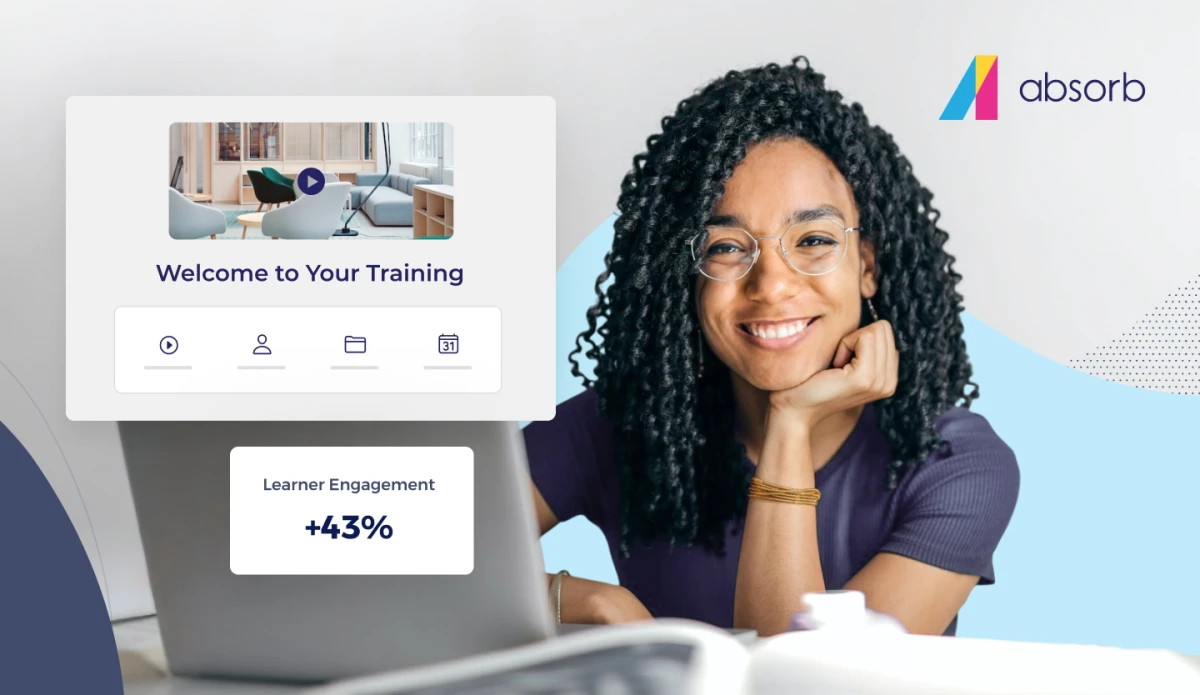You can feel pretty smug and confident in your knowledge of a subject after having completed a course. Attempting to apply your newly-acquired knowledge, however, can be very humbling. Why is that we think we know something and only discover we don't when we try to apply that knowledge? There's a significant disconnect between our perception of our abilities and our actual performance. The famous learning theorist Donald Kirkpatrick was well aware of this gap. That's why his four-tiered model for learning evaluation placed learning and behavior on two separate levels:
Level 1: Reaction—To what degree participants react favorably to the learning event or content
Level 2: Learning—To what degree participants acquire the intended knowledge, skills, attitudes, confidence, and commitment based on their participation in a learning event
Level 3: Behavior—To what degree participants apply what they learned during training when they are back on the job
Level 4: Results—To what degree targeted outcomes occur as a result of the learning event and subsequent reinforcement The word "course" is used very broadly within the Absorb LMS environment. An online course can consist of lessons, quizzes, exams, tasks, and objects, in any quantity and order. Here's the definition of these content types:
Here's the outline of a hypothetical sales course:
Chapter 1: Getting Started
- Overview of our Customer Relationship Management (CRM) application (Video)
- Quiz
- Task: Log into the CRM and create your user profile
- Etc.
The third item in Chapter 1 is a "Task" content type. The learner is required to log into the CRM and create his or her user profile. How will Absorb LMS know if the learner has completed this task? It won't, of course, but an administrator will be able to check and mark off the task as complete within the LMS. The administrator will also be able to grade the learner on how well the task was completed.
There are a lot of things you could do with the "Task" content type. You can even use tasks for non-learning activities. For example, when a new employee is hired, he or she invariably has documents to complete and return to the HR department. To streamline the onboarding of new employees, you could create a course that looks like this:
Section 1: Welcome!
- Overview or our company
- Download the documents attached to this course, complete, and e-mail to hr@mycompany.com
- Etc.
In the example above, the task to complete and return documents to HR has nothing to do with learning. After all, the learner will only complete this paperwork once,. The task is simply inserted to standardize the onboarding process and ensure nothing falls through the cracks. Once the employee's documents are received by HR, a representative of the HR department can log into the LMS and mark off the paperwork as complete. If information is missing, the HR representative can e-mail the employee directly from within the LMS and inform them of what's required. Used as illustrated above, the LMS becomes more than a learning environment. The system becomes an integral part of an organization's workflow.





